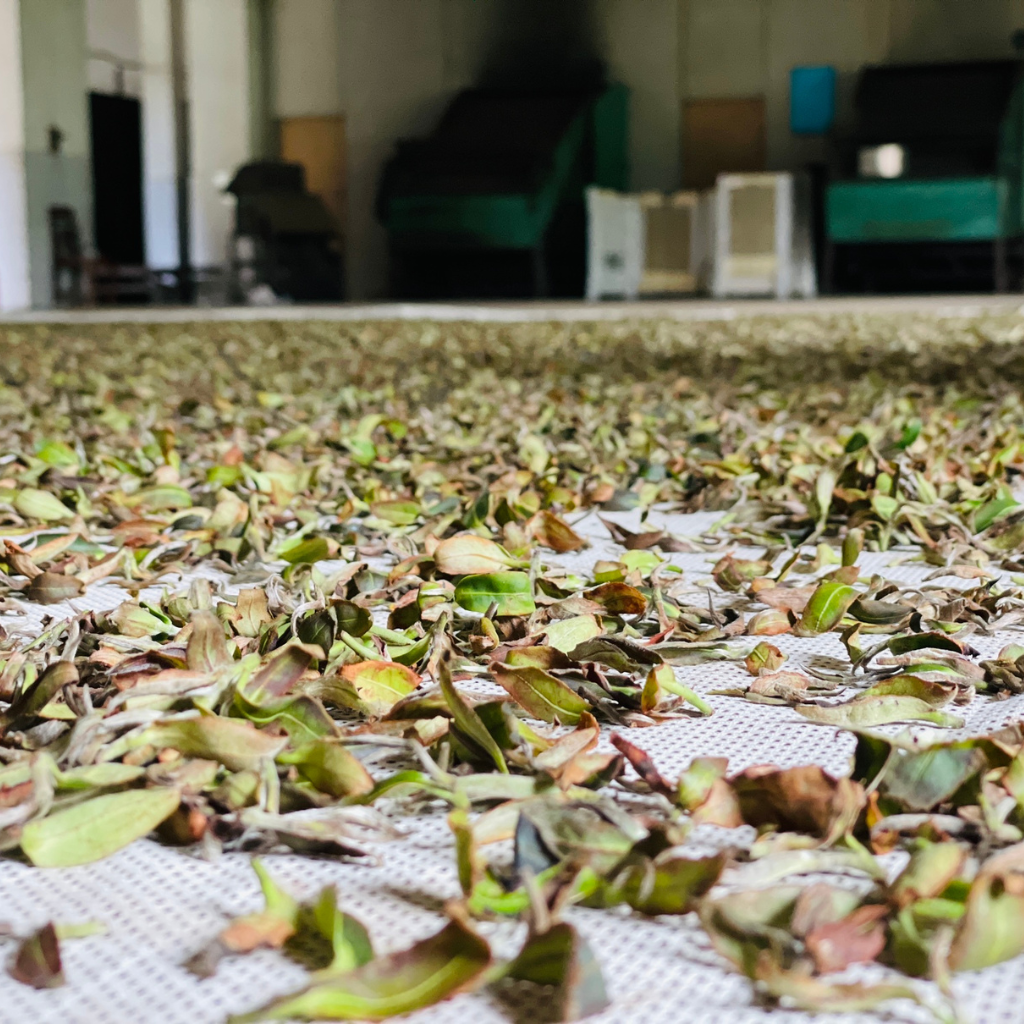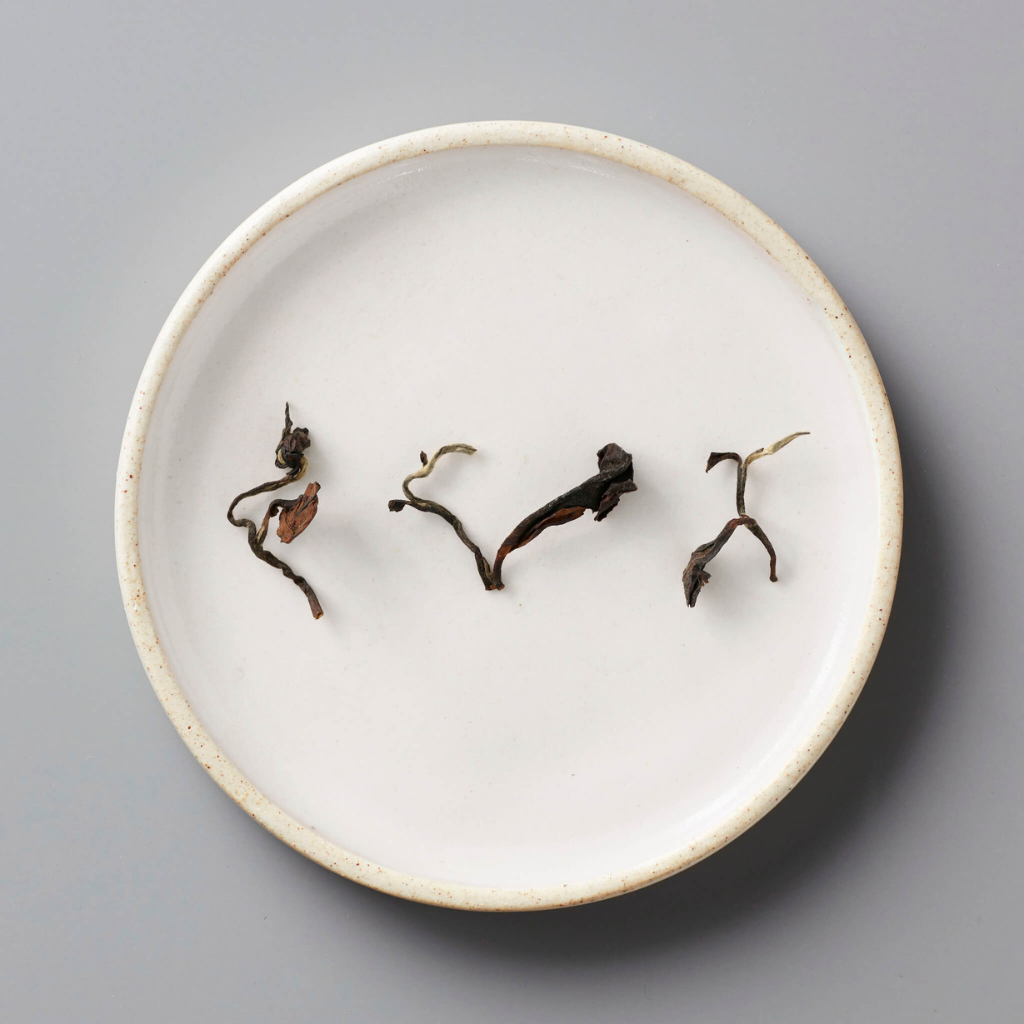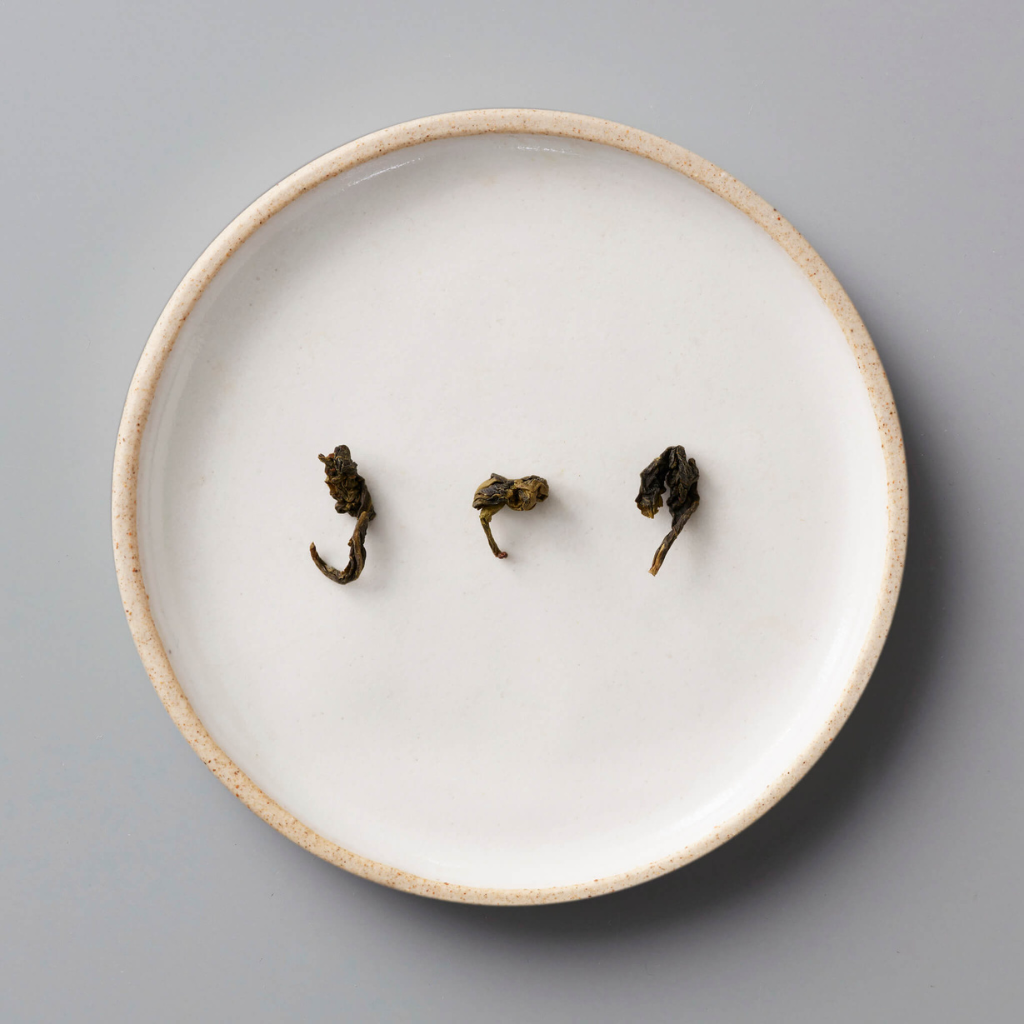Your Cart is Empty
Author: Max McPartland
Introduction
This is the third of five articles that explore the well-recognized categories of tea: White, Green, Oolong, Black, and Dark/Puer. Though all true tea comes from the same plant species, Camellia sinensis, each type varies dramatically in taste, aroma, and chemical composition due to differences in how the leaves are processed.
Oolong (Wulong) tea is the most diverse category in the world of tea. If green tea is unoxidized and black tea is fully oxidized, oolong sits in the middle—partially oxidized, with a spectrum that can lean greener or darker depending on how it’s made. This wide range is the result of the style’s defining process: bruising.
What is Oolong Tea?
Just as a bruise on fruit or skin comes from impact plus time, oolong’s bruising is a combination of physical agitation and resting. Leaves are gently shaken, tossed, or tumbled to break down cell walls and encourage oxidation, then left to rest. This cycle can be repeated over a period of hours (sometimes up to 24) developing the tea’s complex aroma and flavor.
When the desired level of oxidation is reached, the leaves are fixed and heated to halt further chemical change. This step locks in the intended character of the tea.
From there, oolong leaves are rolled. Rolling ensures the cell walls are sufficiently weakened so that, when steeped, water can quickly penetrate the leaf, releasing aroma and flavor. It also helps evenly mix enzymes from bruised leaf tissue, amplifying the tea’s complexity.

Tea leaves resting in-between bruising
Common Shapes and Styles

Strip Shape
long, twisted leaves.

Half-ball Shape
tight, round pellets that unfurl dramatically during brewing.
Oolong leaves are typically shaped into one of two forms:
- Half-ball (bead) shape
- Strip shape
Shaping is not unique to oolong—nearly all tea types are intentionally formed during production, whether into needles, spirals, balls, or other styles. Within the oolong category, however, shape is an important visual marker for the consumer.
Certain teas are expected to look a particular way—champagne oolong, for example, is always presented as wiry, coiled leaves, while others are known for their tight, glossy balls. These forms rarely affect flavor directly; instead, they function as a kind of marketing shorthand, signaling to the tea drinker what the tea is aiming to be. The choice of shape is tied to regional traditions and the specific tea type.
Oolong Origins
While oolong is produced in multiple countries, very little is made outside of China and Taiwan—where its roots lie and where many of its most famous examples originate.
Chinese Oolongs
About 11% of China’s total tea output is oolong, with the majority coming from Fujian Province in the southeast. Fujian’s mountainous terrain, varied climate, and centuries of cultivation make it a core origin for the style.
Oolong from Fujian is generally classified into two regional groups:
| Minnan Oolongs – Produced south of the Min River. This includes Anxi County, home to teas like Anxi Tie Guan Yin (铁观音, “Iron Goddess of Mercy”), Anxi Huang Jin Gui, and Anxi Ben Shan. These teas are often greener in oxidation and tightly rolled.
| Minbei Oolongs – Produced north of the Min River, especially in the Wu Yi Mountains. Here, Yan Cha (“rock tea”) thrives in mineral-rich rocky soil. Wu Yi gardens trace their lineage to just four to six “mother trees” still standing in the protected Wu Yi Shan area. Proximity to this core zone affects a tea’s prestige:
- Zheng Yan (正岩) – “Center rock” teas grown inside the protected area.
- Ban Yan (半岩) – “Half rock” teas grown on its edges.
- Zhou Cha (洲茶) – Riverbank teas grown further away.
Famous Wu Yi teas include Da Hong Pao, Shui Jin Gui, and Tie Luo Han.
Taiwanese Oolongs
Just 81 miles southeast of Fujian lies Taiwan, an island with the perfect conditions for high-quality oolong. About 90% of Taiwan’s tea is oolong, and despite its small size, its varied elevations and microclimates produce distinctive styles.
While Fujian and Taiwan are the historical origin for most well-known oolongs, the category can be produced anywhere, and many talented producers outside these regions—such as in Western China—are making exceptional examples.
Famous Taiwanese oolongs include:
- Dong Ding – A balanced, roasted oolong from Nantou County.
- Bao Zhong – A fragrant, strip-style tea with a floral profile.
- Dong Fang Mei Ren (“Oriental Beauty”) – Naturally sweet, with leaves bitten by tea leafhoppers. (Our core oolong is aChampagne Oolong—our name for this style—sourced curiously from Guangxi, where tea plants were transplanted from Taiwan.)
- Gao Shan (“High Mountain”) – Grown at elevations above 1,000 m, producing delicate, aromatic infusions.
Conclusion
Oolong production and appreciation are growing quickly outside of its traditional origins. Its flexibility—spanning light, green-leaning styles to rich, heavily roasted teas—makes it a favorite among both tea newcomers and seasoned drinkers. The combination of movement and resting during production is what gives oolong its remarkable range, making it one of the most expressive tea types in the world.
OOLONG TEA BRUISED TO VARYING OXIDATIONS
Oolong tea is a partially oxidized tea that sits between green and black, offering a broad spectrum of flavors and aromas through its unique bruising process. Originating mainly in China and Taiwan, it is the most diverse and expressive tea types in the world.




